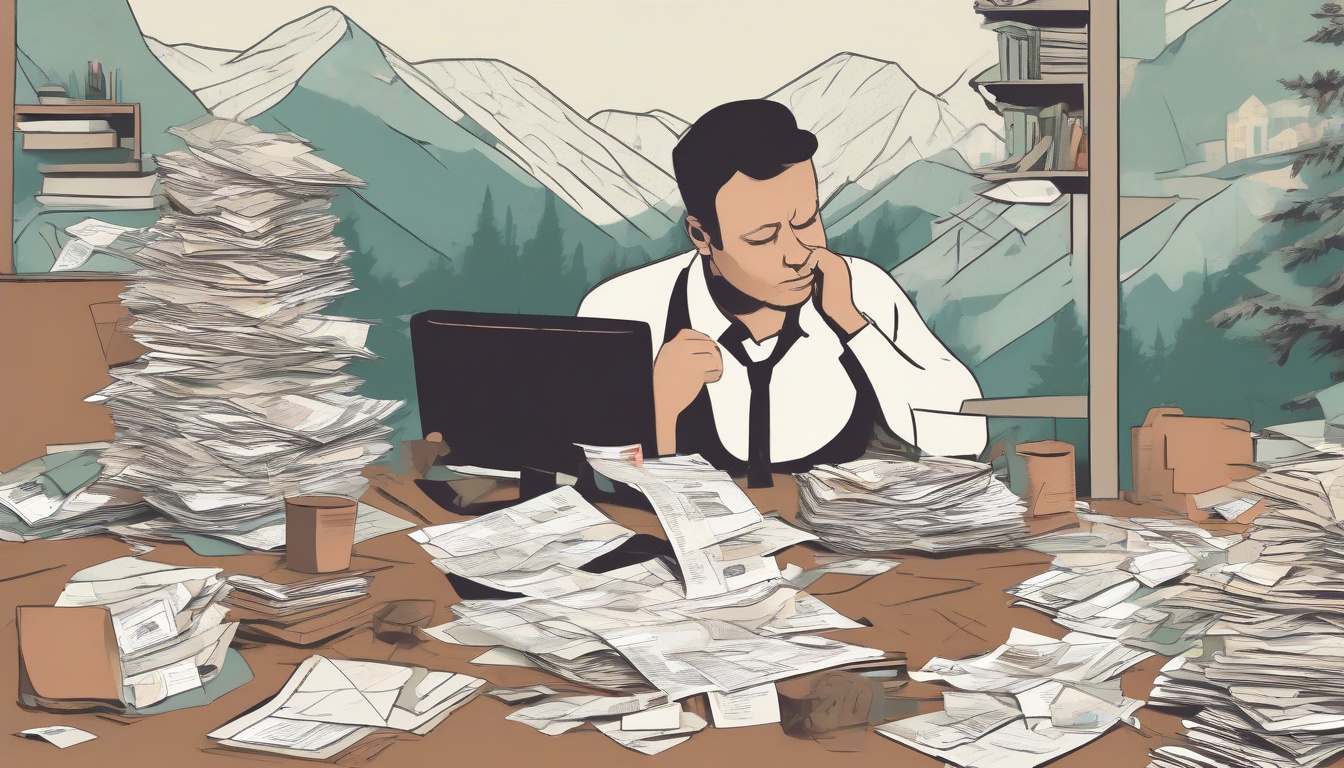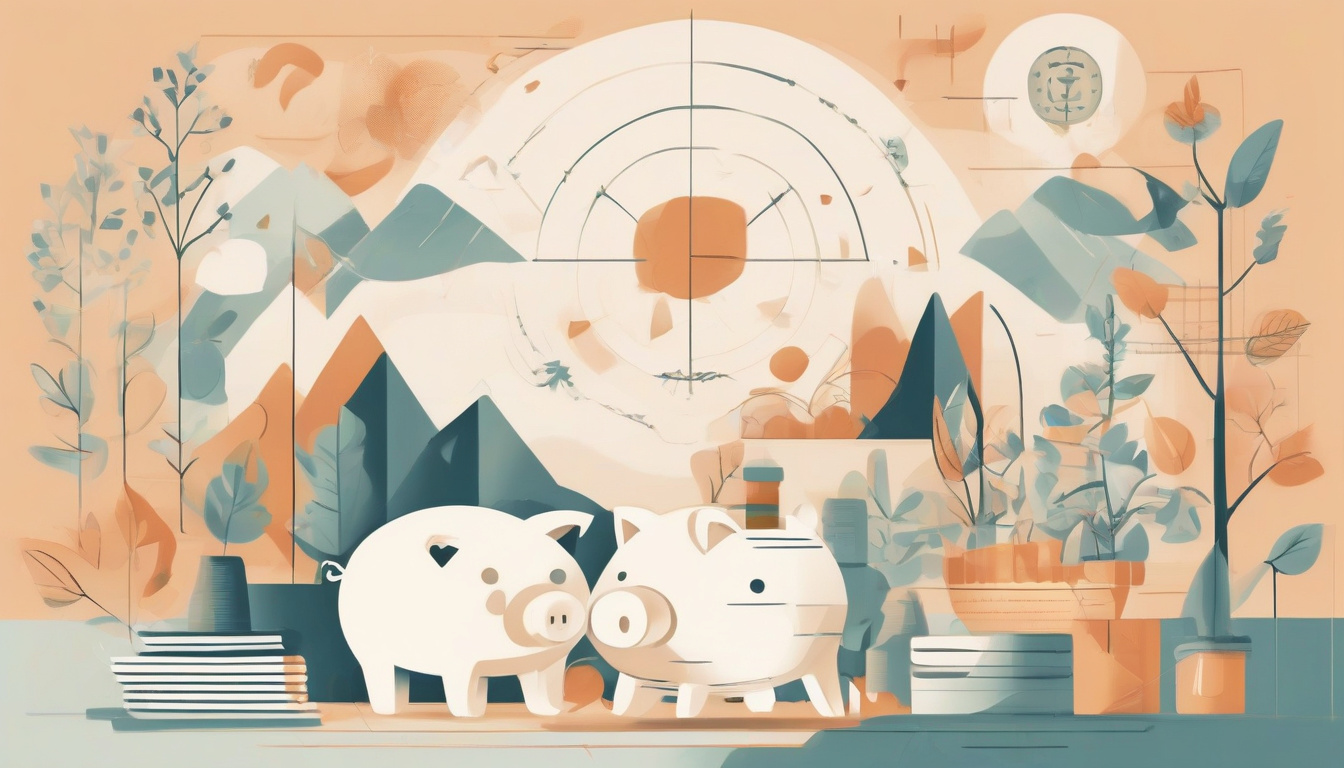Unlock Financial Freedom: A Comprehensive Guide to Canadian Debt Relief Programs
Are you feeling overwhelmed by debt in Canada? If so, you’re not alone. Many Canadians struggle with financial burdens, but the good news is that there are various debt relief programs designed to help you regain control of your finances. In this comprehensive guide, we will explore the different types of debt Canadians face, delve into the available debt relief programs, and provide you with practical steps to choose the right option for your needs. Additionally, we will outline the enrollment process in a debt relief program and share valuable tips for maintaining your financial freedom once you’ve successfully reduced your debt. By the end of this article, you will be empowered with the knowledge and resources necessary to take the first step towards a debt-free future.

Key Takeaways
- Canada has various types of debt, including credit card debt, student loans, and personal loans.
- Understanding the causes of debt is crucial for finding effective solutions.
- There are several Canadian debt relief programs, such as consumer proposals and debt management plans, that cater to different financial situations.
- Choosing the right debt relief option involves assessing your financial situation and consulting with a debt professional.
- Maintaining financial freedom post-debt relief requires disciplined budgeting and prudent financial decisions.
Understanding Debt in Canada: Types and Causes
Debt is a pressing issue for many Canadians, often stemming from a variety of factors such as rising living costs, job instability, or unexpected expenses. In Canada, there are several types of debt that individuals may encounter, including credit card debt, student loans, and personal loans. Each type of debt carries its own implications and strategies for management. For instance, credit card debt often accrues high interest and can quickly spiral out of control if not addressed promptly.
Causes of Debt in Canada: A significant contributor to Canadian debt is the high cost of living, especially in urban centers like Toronto and Vancouver. These cities see exorbitant housing prices, which can stretch budgets to their limits. Additionally, many Canadians are taking on more debt to pursue higher education, resulting in substantial student loans that can take years to pay off. Economic factors, such as rising interest rates, further complicate the situation by increasing the cost of borrowing. Moreover, financial literacy plays a critical role; many individuals lack the knowledge to effectively budget or manage their finances.
Given these complexities, finding pathways to financial recovery is crucial. This is where the Canadian Debt Relief Program can provide essential support. This program is designed to help individuals regain control of their finances through various strategies, including debt consolidation and negotiation with creditors. Understanding the types and causes of debt is the first step toward leveraging available resources, like the Canadian Debt Relief Program, ensuring Canadians can make informed decisions to alleviate their financial burdens.
Exploring Canadian Debt Relief Programs
## Exploring Canadian Debt Relief Programs
When many Canadians find themselves grappling with overwhelming debt, understanding their options for relief becomes crucial. The Canadian debt relief program landscape is diverse, offering various avenues tailored to suit individual financial circumstances. From government-backed initiatives to private solutions, this section will delve into the available programs, their benefits, and how to determine the best choice for your needs.
### Types of Debt Relief Programs in Canada
1. Credit Counseling Services: Non-profit organizations can help individuals manage their debts through budgeting advice and debt management plans (DMPs).
– Example: Credit counseling agencies may negotiate lower interest rates with creditors.
2. Debt Consolidation Loans: A debt consolidation loan allows borrowers to combine multiple debts into one single payment, often with a lower interest rate.
– Insight: While this can simplify payments, it’s essential to ensure the new loan terms are favorable.
3. Consumer Proposals: This legally binding agreement allows individuals to repay a portion of their debts over a specified period, often resulting in reduced payments compared to traditional debt levels.
– Statistics: According to recent data, an estimated 45% of consumer proposals lead to successful debt discharge.
4. Bankruptcy: As a last resort, individuals may file for bankruptcy, which can eliminate unsecured debts but comes with significant long-term consequences, including credit damage.
### Benefits of Canadian Debt Relief Programs
• Professional Guidance: Many programs provide access to financial advisors who can offer tailored strategies based on individual financial situations.
• Credit Score Impact: Some options, like consumer proposals, can help rebuild credit over time if payments are managed effectively.
• Stress Reduction: Having a clear plan for debt repayment can alleviate anxiety about financial obligations.
### How to Choose the Right Program
When weighing options, individuals should consider the following factors:
• Type of Debt: Understanding whether debts are secured or unsecured helps in selecting appropriate strategies.
• Financial Health: An assessment of income, expenses, and overall financial stability is essential.
• Future Financial Goals: Making informed decisions that align with long-term financial objectives can lead to better outcomes.
In summary, navigating the realm of debt relief in Canada requires careful consideration of available programs. By understanding each option’s implications and benefits, Canadians can make informed decisions that lead to financial recovery.
‘The only thing standing between you and your financial freedom is the story you keep telling yourself.’ – Tony Robbins

How to Choose the Right Debt Relief Option
Choosing the right debt relief option is a critical decision that can significantly affect your financial future. One of the most popular choices within Canada is the Canadian debt relief program. When considering this option, start by assessing your financial situation—calculate your total debt, monthly income, and expenses to understand how severe your predicament is. Next, explore the different types of debt relief programs available, such as debt consolidation, consumer proposals, and bankruptcy, each suiting different financial circumstances.
It’s essential to research and compare interest rates, repayment periods, and fees associated with each program. Consulting with a licensed insolvency trustee can provide personalized guidance while ensuring you fully understand the implications of each choice. Additionally, gather information about success stories and read reviews of various programs to gauge their effectiveness from those who’ve attended them. Make it a goal to select an option that not only alleviates your current financial burden but also empowers you to regain control of your finances in the long run. Seeking educational resources or workshops about managing debt can further enhance your knowledge and decision-making capabilities.
Step-by-Step Process for Enrolling in a Debt Relief Program
Enrolling in a Canadian debt relief program can be a valuable step for individuals and families struggling with financial challenges. Here’s a step-by-step process that can guide you through the enrollment:
###
1. Assess Your Financial Situation
Before taking any steps towards enrollment, it’s crucial to analyze your current financial status. Gather your income statements, bank statements, monthly expenses, and any outstanding debts. This provides a clear picture of your financial health and helps you determine how much relief you need.
###
2. Research Debt Relief Options
Understand the various types of debt relief programs available in Canada, including consumer proposals, debt management plans, and debt settlement services. Each option comes with its own advantages and disadvantages, so investigate which best suits your financial needs.
###
3. Choose a Reputable Agency
Look for licensed credit counseling agencies or debt relief companies. Check their credentials, read reviews, and verify their standing with organizations like the Better Business Bureau to ensure their legitimacy and reliability.
###
4. Schedule a Consultation
Contact the agency you have chosen to schedule a free consultation. This meeting is an opportunity to discuss your debt situation, ask questions, and get detailed advice tailored to your situation.
###
5. Create a Debt Management Plan
Working closely with a debt counselor, develop a customized debt management plan. This might involve restructuring your payment terms, negotiating with creditors, or consolidating your debts.
###
6. Review the Terms and Conditions
Before you sign any agreements, make sure you fully understand the terms and conditions of the debt relief program. Pay attention to fees, payment structures, and any potential impacts on your credit score.
###
7. Enter the Program
Once you agree to the terms, you will officially enroll in the debt relief program. Be prepared to make regular payments as agreed and to stay in close contact with your counselor for support and updates.
###
8. Monitor Your Progress
Throughout the duration of your program, keep track of your payments, communicate regularly with your counselor, and stay informed about your financial health. Monitoring your progress is essential to ensure the program is effectively reducing your debt.

Tips for Maintaining Financial Freedom After Debt Relief
Maintaining financial freedom after utilizing a Canadian debt relief program is crucial for ensuring that you do not fall back into debt. Here are some effective tips to help keep your finances in check:
1. Create a Realistic Budget: After debt relief, it’s essential to establish a practical budget that includes all your necessary expenses while allocating some funds for savings. Using budgeting tools or apps can simplify this process and help track your spending.
2. Emergency Fund: Start building an emergency fund to mitigate unforeseen expenses that could potentially lead you back into debt. Aim for at least three to six months’ worth of expenses.
3. Change Spending Habits: Reflect on your past spending patterns that led to debt and work on modifying these habits. Establish needs versus wants to prioritize spending.
4. Educate Yourself Financially: Take the time to learn about personal finance management, investments, and saving strategies. Consider resources like workshops, webinars, or online courses specifically designed for Canadians.
5. Regularly Review Your Financial Situation: Schedule periodic check-ins to review your finances, budget, and goals. Adjust as needed based on changes in income or expenses.
6. Use Credit Responsibly: If you choose to use credit again, do so cautiously. Only charge what you can afford to pay off each month to avoid accumulating debt.
7. Seek Professional Financial Advice: If you’re uncertain about your financial decisions post-debt relief, consider consulting with a financial advisor who can provide personalized guidance tailored to your situation.
By following these tips and remaining disciplined, you can uphold your financial freedom while enjoying the benefits of the Canadian debt relief program.
